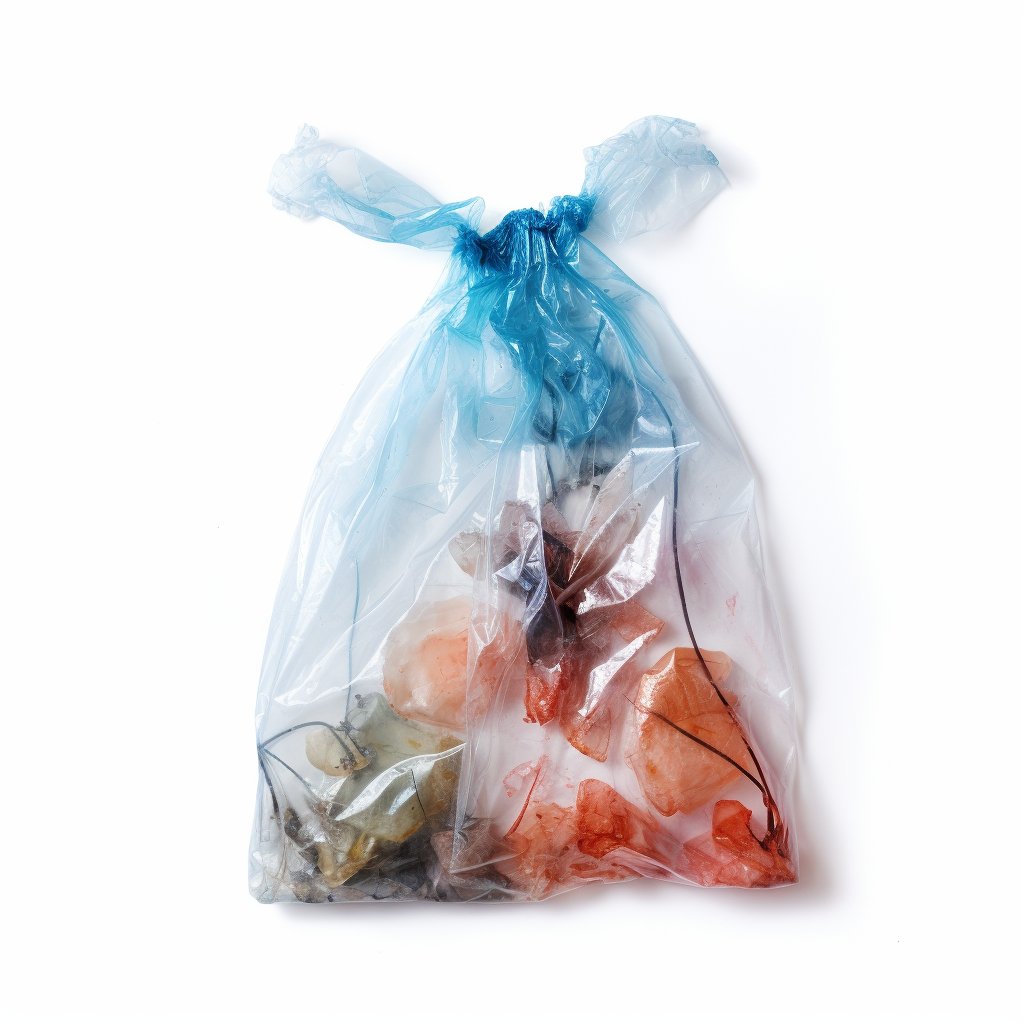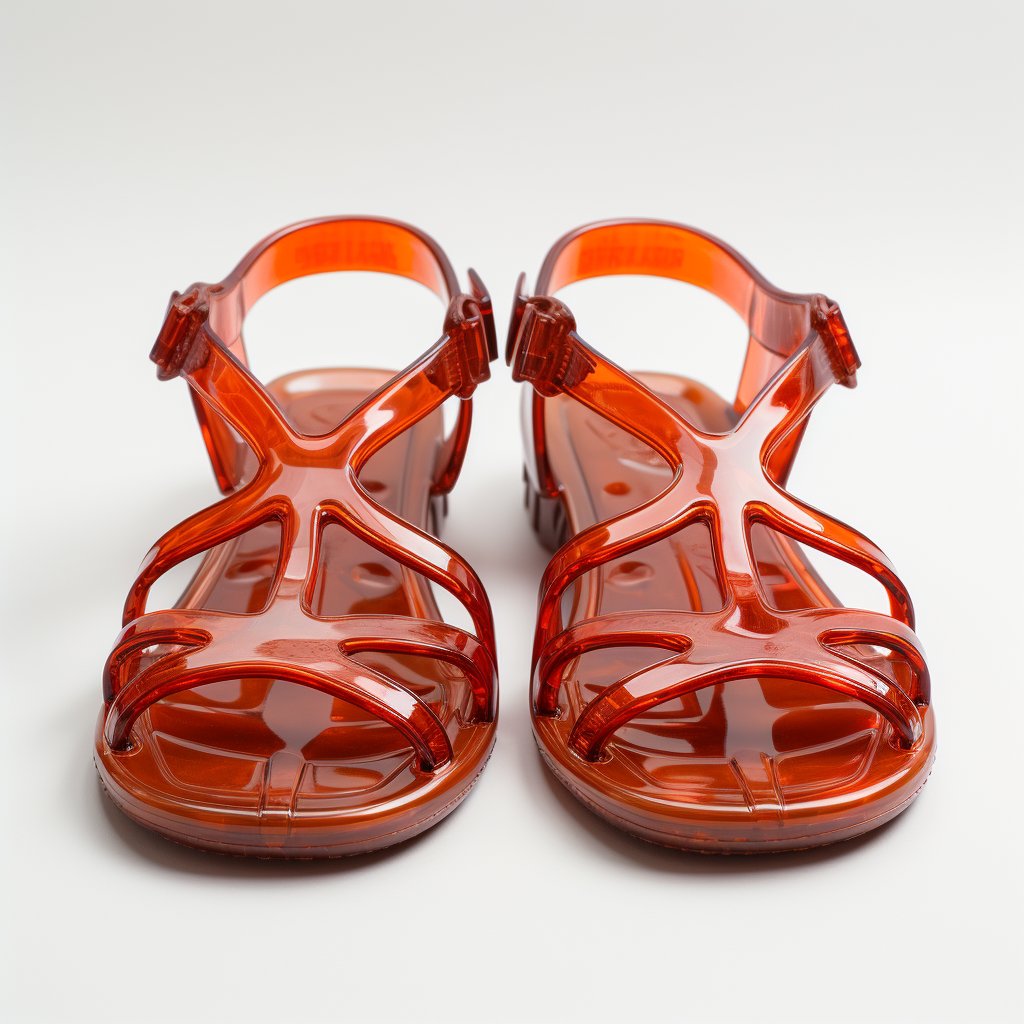Plastics are one of the most commonly used materials in the world today. They are lightweight, versatile, and can be moulded into virtually any shape. There are two main types of plastics: thermoplastics and thermosetting plastics.
Thermoplastics were first introduced in the early 1900s. One of the first thermoplastics was Bakelite, which was invented by Leo Baekeland in 1907. Bakelite was a phenolic resin that could be moulded into any shape and was used in a wide range of applications.
Thermosetting plastics were introduced shortly after Bakelite. One of the first thermosetting plastics was urea formaldehyde, which was invented in 1924. Urea-formaldehyde was used in a wide range of applications, including electrical appliances and automobile parts.

Industrial Usage
Thermoplastics and thermosetting plastics are used in a wide range of industries. Thermoplastics are used in the automotive, construction, medical, packaging, and consumer goods industries. Thermosetting plastics are used in the electrical, aerospace, automotive, and construction industries.
Application Areas
Thermoplastics and thermosetting plastics have different application areas. Thermoplastics are used in applications where flexibility, toughness, and impact resistance are required. They are also used in applications where a high level of recyclability is needed. Examples of applications where thermoplastics are used include packaging, automotive parts, and medical devices.
Thermosetting plastics are used in applications where strength, durability, and heat resistance are required. They are also used in applications where a high level of dimensional stability is required. Examples of applications for thermosetting plastics include electrical insulators, aerospace components, and automotive parts.
Consumer Product Examples
Many consumer products are made from thermoplastics and thermosetting plastics. Examples of consumer products made from thermoplastics include water bottles, food containers, and toys. Examples of consumer products made from thermosetting plastics include electrical switches, car parts, and kitchen appliances.

Material Properties
Thermoplastics and thermosetting plastics have different material properties. Thermoplastics are soft and flexible when heated, which makes them easy to mould and shape. They are also lightweight and have a high level of recyclability. However, they have a low resistance to heat and chemicals.
Thermosetting plastics are rigid and hard when heated, which makes them difficult to mould and shape. However, they are highly resistant to heat and chemicals and are very strong and durable. They also have a low level of recyclability.
The Future of Thermoplastics vs. Thermosetting Plastics
The future of thermoplastics and thermosetting plastics is bright. Thermoplastics are becoming increasingly popular due to their recyclability and versatility. New thermoplastics that have higher levels of strength and durability are being developed, allowing them to be used in more applications.
Thermosetting plastics are also being developed with new materials and manufacturing techniques. These new materials and methods allow thermosetting plastics to be used in more applications than ever. In addition, new recycling techniques are being developed that will enable thermosetting plastics to be recycled more easily.
Advantages and Disadvantages of Thermoplastics vs. Thermosetting Plastics
Thermoplastics have several advantages over thermosetting plastics, including:
- Recyclability: Thermoplastics can be recycled multiple times without losing their properties, which makes them more environmentally friendly.
- Easy to process: Thermoplastics can be moulded into any shape using injection moulding or extrusion processes, making them easier to process than thermosetting plastics.
- Versatility: Thermoplastics have a wide range of properties, from rigid to flexible, and can be tailored to specific applications.
- Cost-effective: Thermoplastics are often cheaper than thermosetting plastics due to their ease of processing and recyclability.
However, there are also some disadvantages to using thermoplastics, including:
- Low heat resistance: Thermoplastics have a low heat resistance compared to thermosetting plastics, which limits their use in high-temperature applications.
- Low chemical resistance: Some thermoplastics are not resistant to certain chemicals, which limits their use in applications where chemical resistance is important.
- Lower strength: Thermoplastics are generally less strong and durable than thermosetting plastics, which limits their use in high-stress applications.
Thermosetting plastics also have several advantages over thermoplastics, including:
- High strength: Thermosetting plastics are very strong and durable, which makes them suitable for high-stress applications.
- High heat resistance: Thermosetting plastics have a high resistance to heat, making them suitable for high-temperature applications.
- High chemical resistance: Thermosetting plastics are often resistant to a wide range of chemicals, making them suitable for applications where chemical resistance is important.
However, there are also some disadvantages to using thermosetting plastics, including:
- Limited recyclability: Thermosetting plastics cannot be easily recycled due to their cross-linked molecular structure, which limits their environmental friendliness.
- Difficult to process: Thermosetting plastics are difficult to process due to their cross-linked molecular structure, which limits their mouldability and makes them more expensive to process.
- Limited versatility: Thermosetting plastics have limited flexibility and cannot be tailored to specific applications as easily as thermoplastics.
Recycling
Recycling is becoming increasingly important in the plastics industry, and both thermoplastics and thermosetting plastics can be recycled to some extent. Thermoplastics are more easily recycled than thermosetting plastics because they can be melted and remoulded multiple times without losing their properties.
However, new recycling techniques are being developed for thermosetting plastics, such as pyrolysis and chemical recycling, which break down the cross-linked molecular structure and allow the materials to be recycled more easily. This is important for reducing plastic waste and improving the environmental friendliness of the plastics industry.
The impact of thermoplastics and thermosetting plastics on recycling is significant. While both types of plastics can be recycled, the recycling process and the resulting recycled products differ.
Thermoplastics can be melted down and reshaped multiple times without losing their properties, making them easier to recycle than thermosetting plastics. The thermoplastic recycling process involves melting the plastic and reforming it into new products. This process can be repeated several times, which makes thermoplastics ideal for recycling. Additionally, thermoplastics can be easily identified and sorted using automated recycling equipment, making the process more efficient.
On the other hand, thermosetting plastics cannot be easily melted down and reshaped without losing their properties, making them more difficult to recycle. The recycling process for thermosetting plastics involves grinding the plastic into small pieces, which are then used as filler materials for other products. While this process does not result in a product with the same properties as the original thermosetting plastic, it does help reduce waste and the need for virgin materials.
The recycling rate of plastics varies widely across the world, with some countries having well-established recycling programs and others having little or no recycling infrastructure. However, the increasing focus on sustainability and environmental protection drives the development of new recycling technologies and the expansion of existing recycling programs.
The market price of recycled thermoplastics and thermosetting plastics is influenced by a range of factors, including the demand for recycled products, the cost of recycling, and the availability of virgin materials. In general, the market price of recycled thermoplastics is higher than that of recycled thermosetting plastics, reflecting the easier recycling process and greater demand for thermoplastics.
In recent years, there has been growing interest in the circular economy, which aims to keep materials in use for as long as possible and reduce waste. This approach involves designing products with recycling in mind, developing closed-loop supply chains, and promoting the use of recycled materials.
Recycling process:
The recycling process for thermoplastics and thermosetting plastics differs. Thermoplastics can be melted down and reshaped multiple times without losing their properties, while thermosetting plastics cannot be easily melted down and reshaped. Instead, the recycling process for thermosetting plastics involves grinding the plastic into small pieces, which are then used as filler materials for other products.
Advantages and disadvantages:
Thermoplastics have several advantages over thermosetting plastics when it comes to recycling. For example, thermoplastics can be easily identified and sorted using automated recycling equipment, making the process more efficient. They can also be melted down and reshaped multiple times without losing their properties, making them ideal for recycling. However, thermoplastics can degrade over time, which can affect their recyclability.
On the other hand, thermosetting plastics are more difficult to recycle but have some advantages. For example, thermosetting plastics are more durable and can withstand higher temperatures than thermoplastics. This makes them ideal for use in products that require high heat resistance, such as electrical insulators. However, the recycling process for thermosetting plastics is more complex, and the resulting recycled products may have different properties than the original plastic.
Environmental and global impact:
The impact of thermoplastics and thermosetting plastics on the environment and global recycling efforts is significant. While both types of plastics can be recycled, thermoplastics are generally easier and more efficient than thermosetting plastics.
The global demand for recycled plastic is growing, and the recycling of thermoplastics and thermosetting plastics can help reduce waste and the need for virgin materials. However, the recycling rate of plastics varies widely across the world, with some countries having well-established recycling programs and others having little or no recycling infrastructure.
In addition, plastic waste has significant environmental impacts, including pollution of oceans and landfills. Recycling is just one approach to reducing plastic waste. Efforts to reduce plastic use, increase the use of biodegradable and compostable plastics, and develop new technologies for plastic waste management are also important.
In conclusion, the recyclability of thermoplastics and thermosetting plastics varies, with thermoplastics generally being more easily recyclable. The impact of plastic waste on the environment and global recycling efforts is significant, and a comprehensive approach to plastic waste management is needed to reduce waste and move towards a more sustainable future.
Market Price Developments
Market prices for thermoplastics and thermosetting plastics are affected by various factors, including supply and demand, raw material costs, and manufacturing costs. Thermoplastics are generally cheaper than thermosetting plastics due to their ease of processing and recyclability, but the prices of both materials can fluctuate depending on market conditions.
Future Market Prognosis
The future of the plastics industry will likely focus on increasing sustainability and reducing waste. This will involve developing new materials and recycling techniques that are more environmentally friendly and economically viable. Thermoplastics will likely play a key role in this future due to their recyclability and versatility. However, thermosetting plastics will also continue to be essential for high-stress and high-temperature applications.
Overall, the future of the plastics industry will require a balance between performance, cost, and sustainability, and both thermoplastics and thermosetting plastics will have
Thermoplastics and thermosetting
Thermoplastics and thermosetting plastics are two important categories of plastics that have different advantages and disadvantages and are suitable for various applications. The plastics industry is evolving to focus more on sustainability and recycling, which will require developing new materials and recycling techniques. The industry’s future will likely require a balance between performance, cost, and sustainability, and both thermoplastics and thermosetting plastics will have a role to play in this future.







